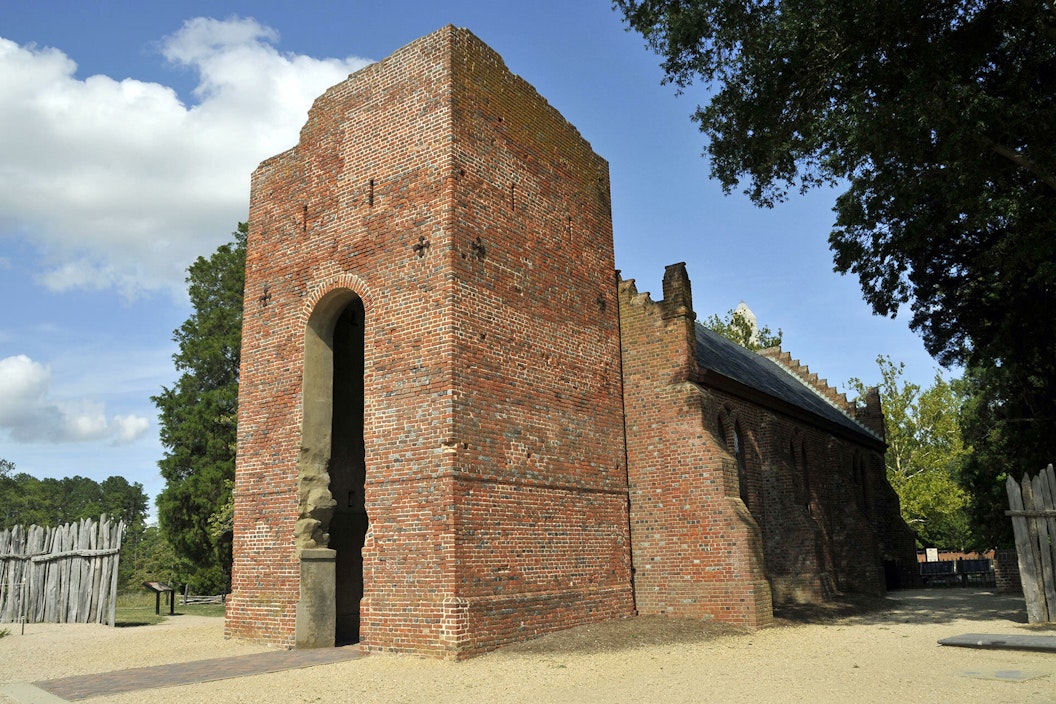
Jamestown and Yorktown mark the beginning and end of Colonial America, and Colonial National Historical Park covers it all, from Settlement to Revolution.
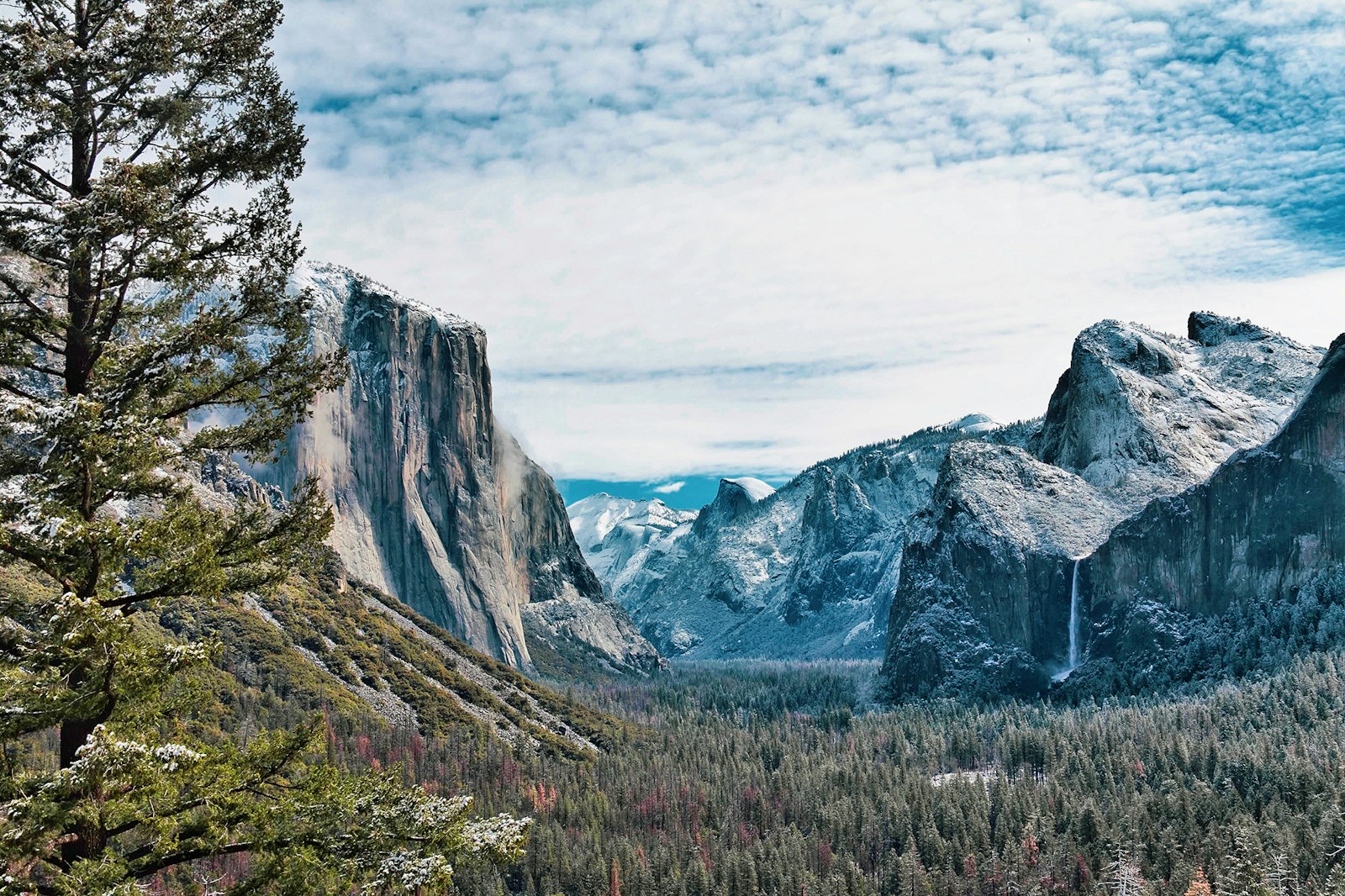
Explore America’s national parks. Discover our most treasured places, supported by people like you, and start your travel planning here by finding your park.

Jamestown and Yorktown mark the beginning and end of Colonial America, and Colonial National Historical Park covers it all, from Settlement to Revolution.
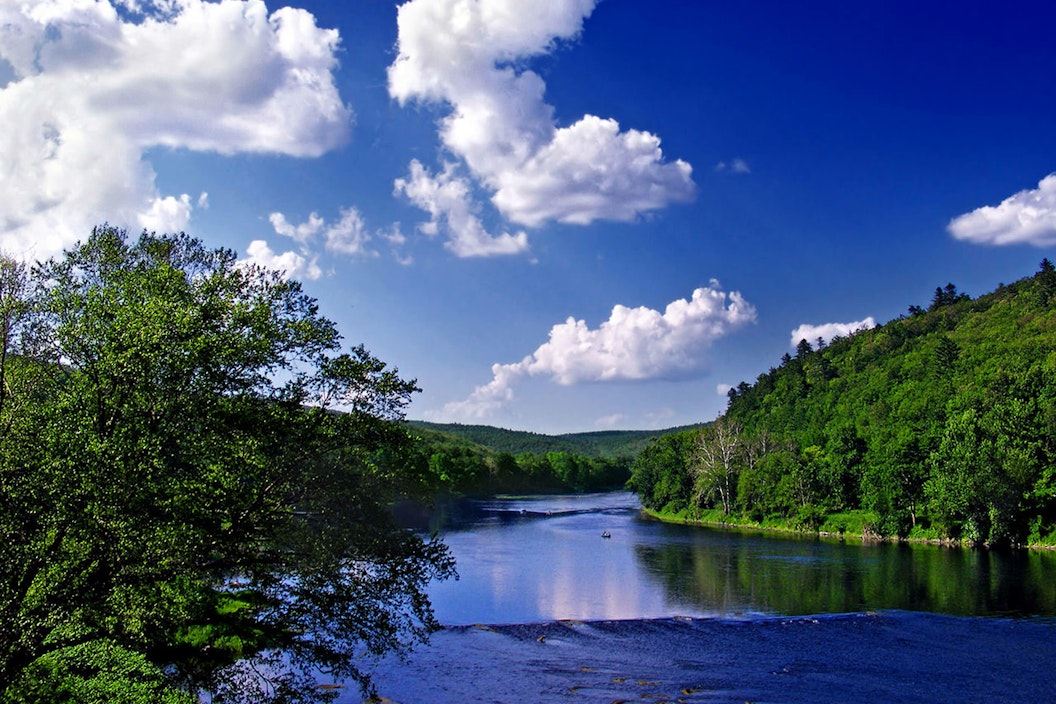
The Delaware River is one of the last large free-flowing rivers left in the contiguous 48 states — one of the last major rivers without any dams or control structures on its main stem.
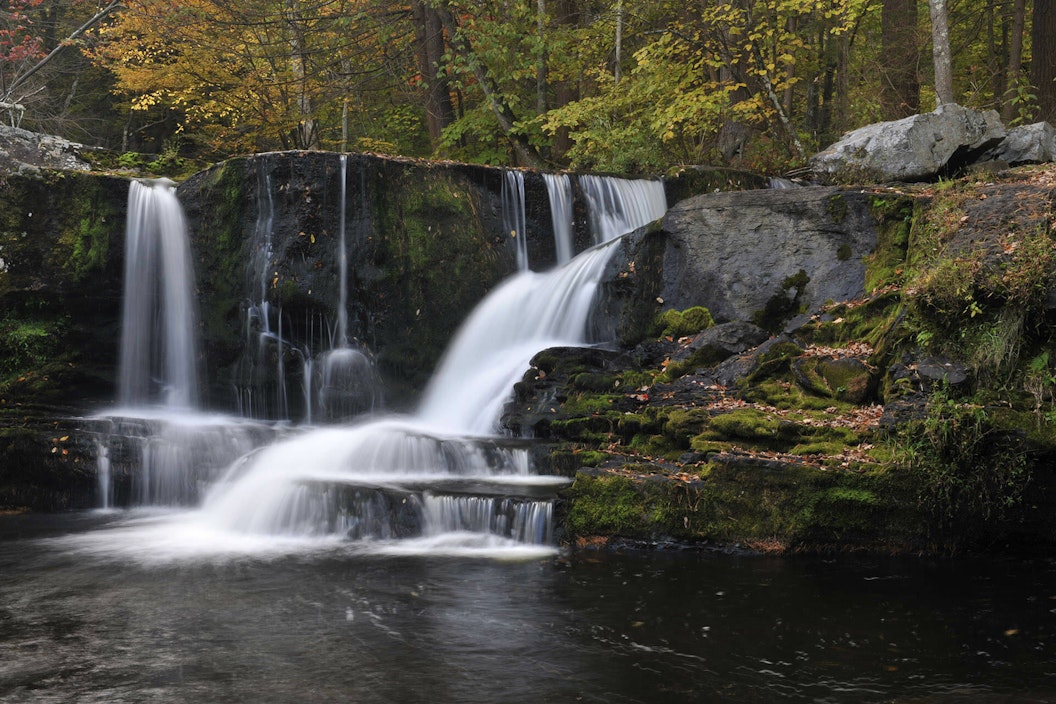

In Philadelphia, Edgar Allen Poe wrote such classics as "The Tell-Tale Heart," "The Fall of the House of Usher" and poems like "The Haunted Palace" and "To Helen."
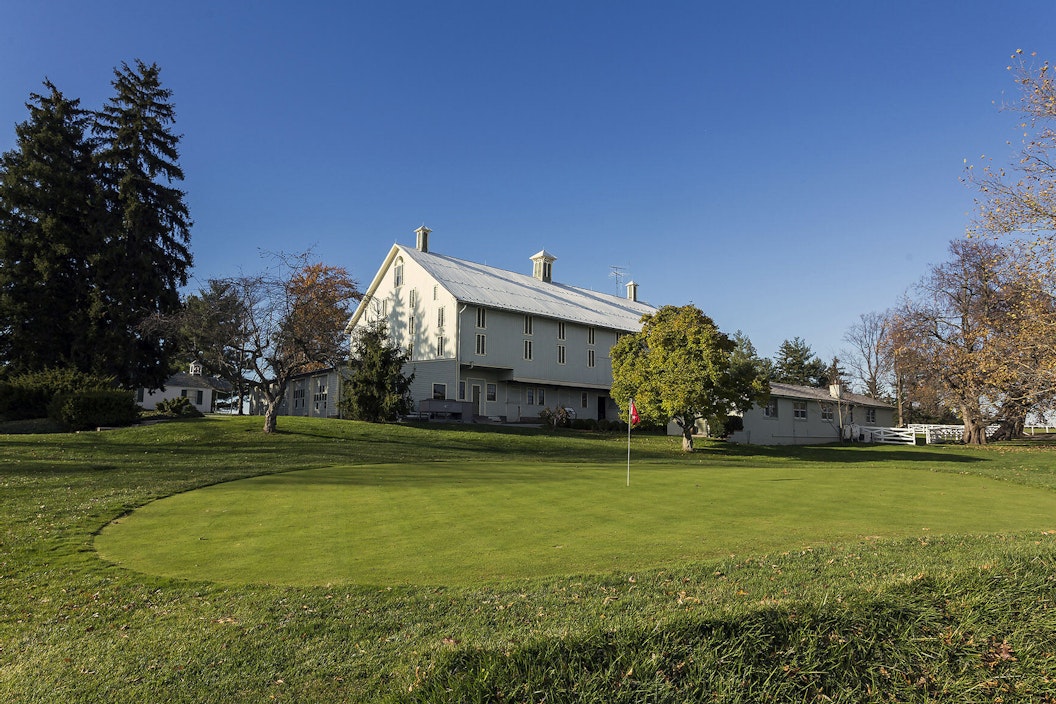
Located adjacent to the Gettysburg Battlefield, the life of President Dwight D. Eisenhower is on display, part of the history of the national parks.
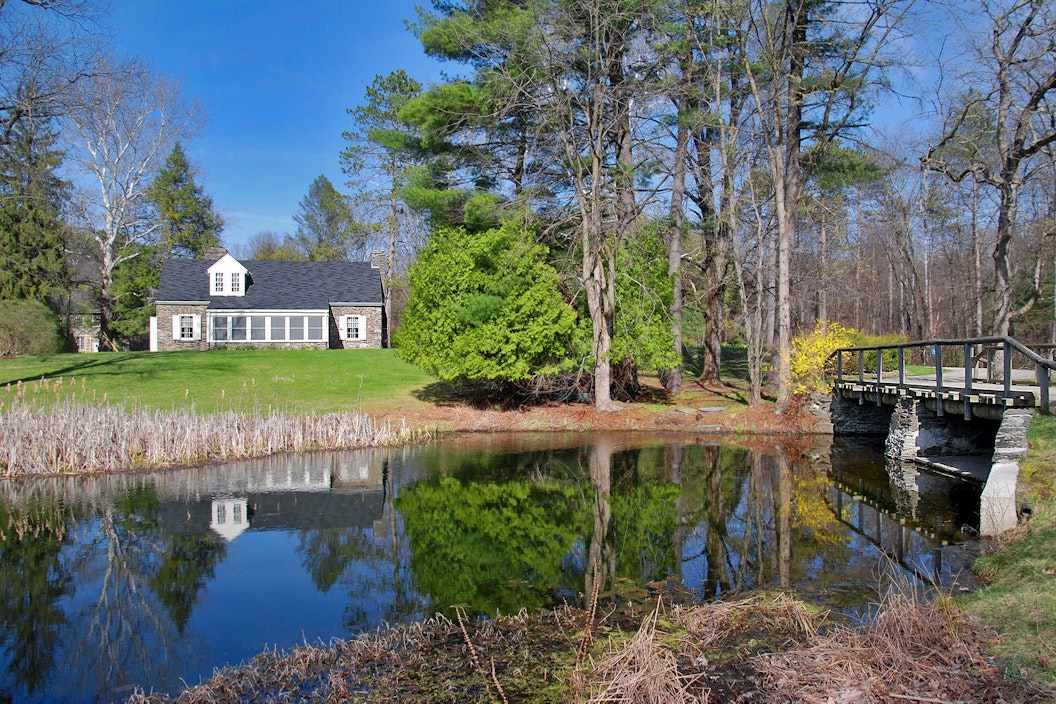
This site honoring Eleanor Roosevelt promotes her legacy by preserving her historic home, Val-Kill.
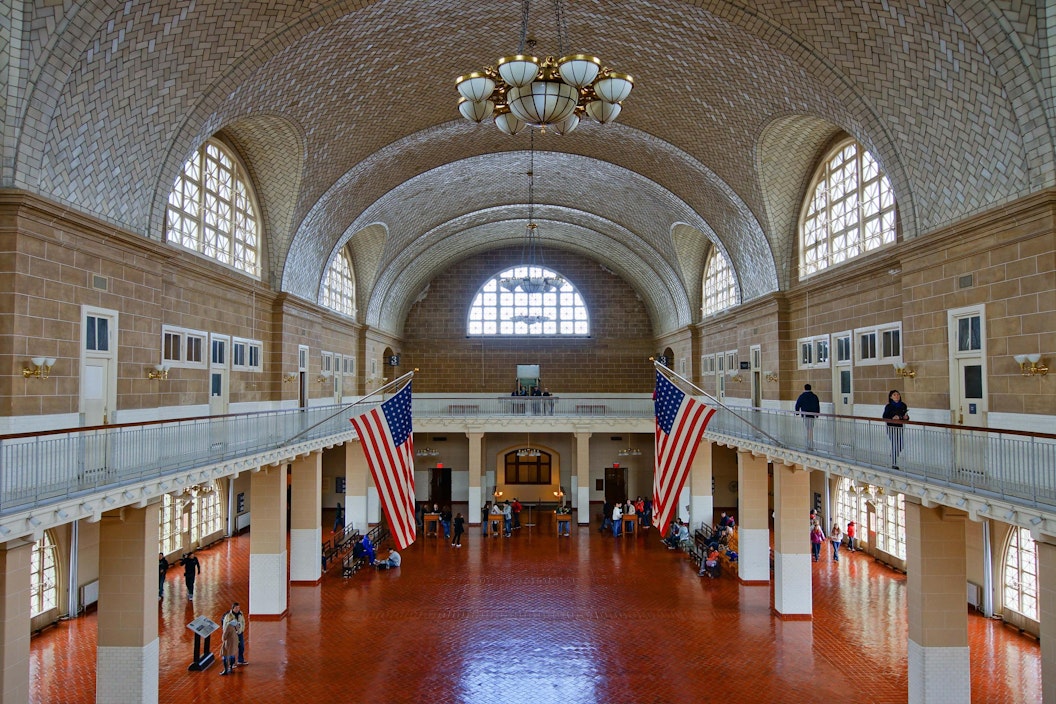
Ellis Island was opened in 1892 and operated for more than 50 years. Over 40 percent of America's population can trace their ancestry through Ellis Island.
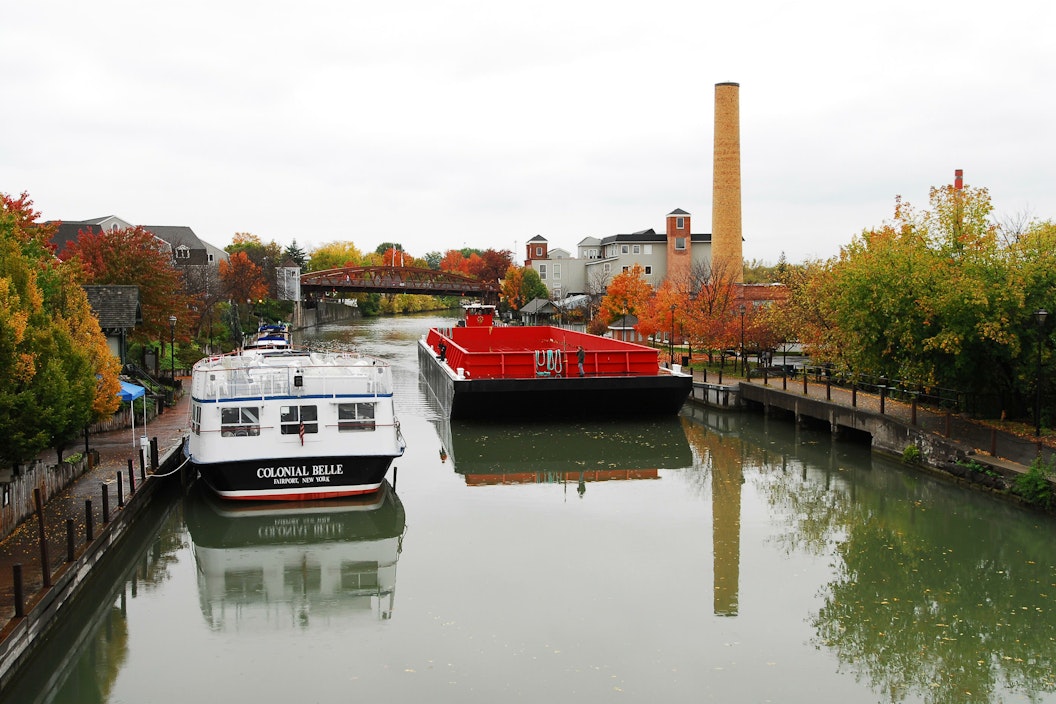
Explore the Erie Canal and discover America's most famous and influential man-made waterway, where the New York State Canal System shined.
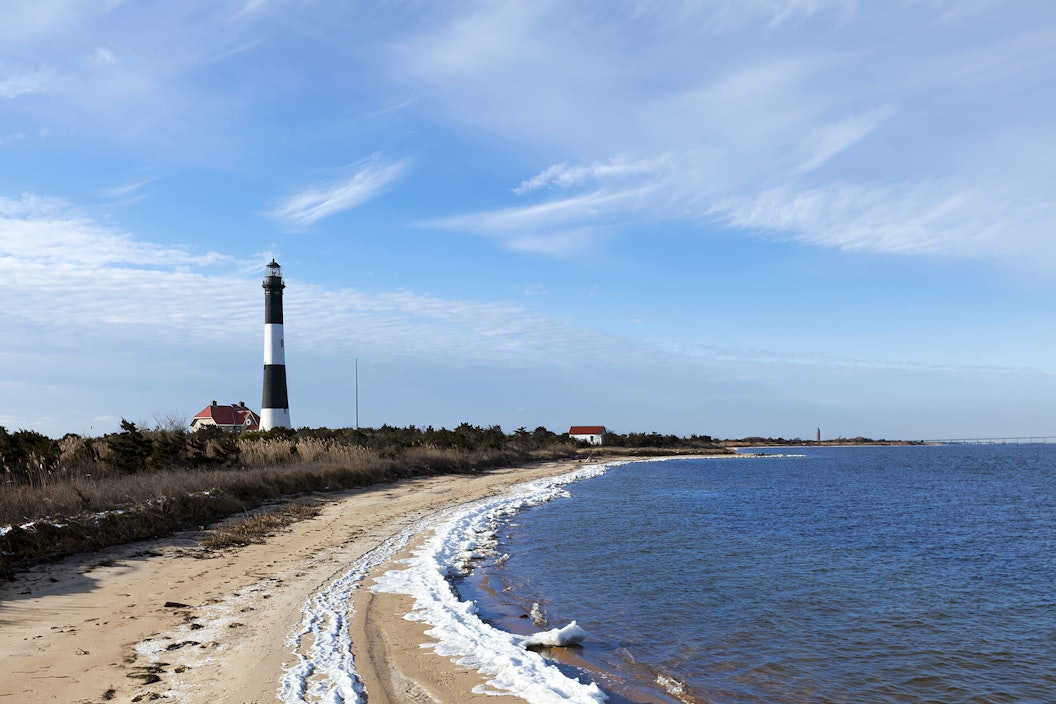
Fire Island, just one hour east of New York City, has been a special place for diverse plants, animals, and people for centuries.

Famous as the First State to ratify the U.S. Constitution, Delaware's state story spans American history from the American Revolution to present day.
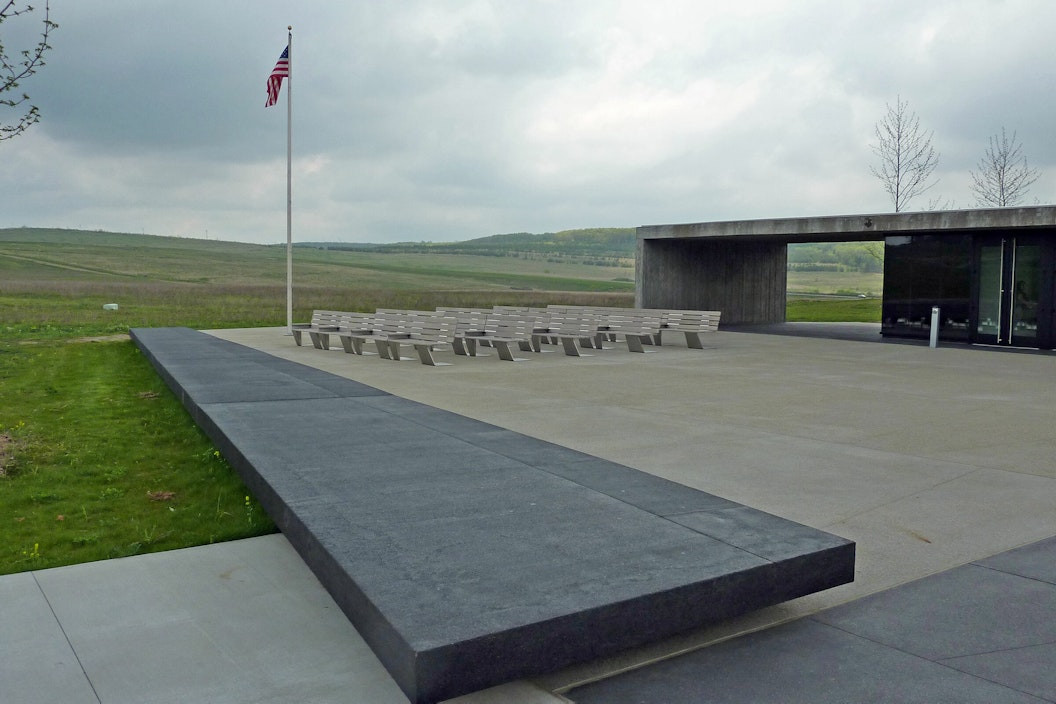
September 11, 2001 was one of the darkest days in our nation's recent history, and Flight 93 National Memorial honors some of our strongest heroes.
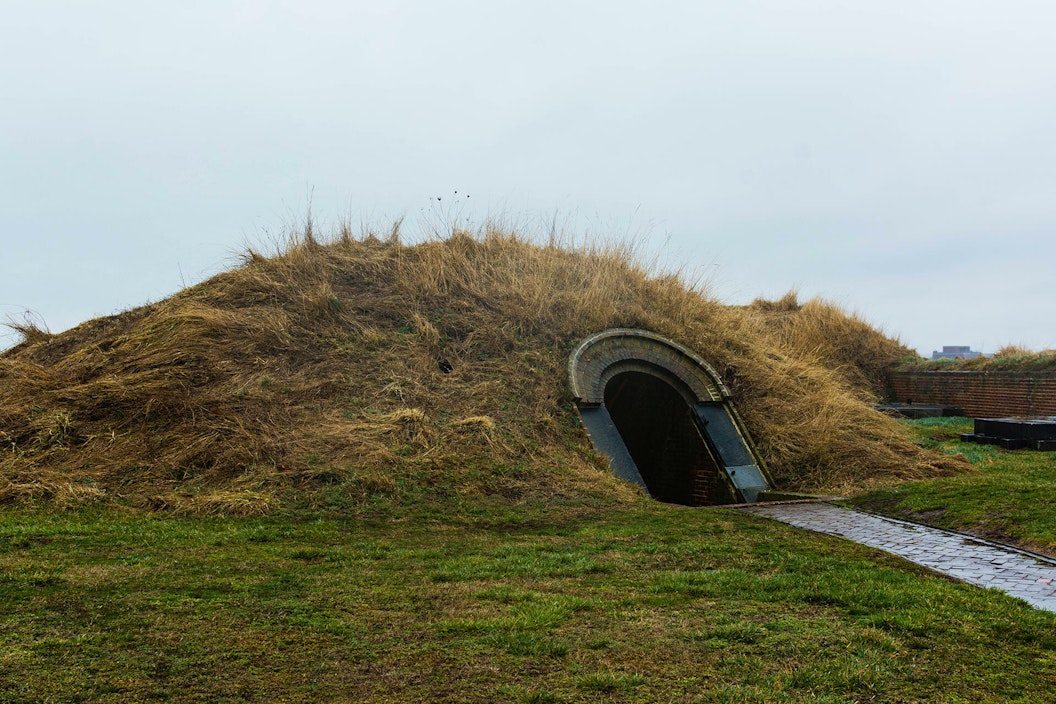
A source of American pride, Fort McHenry National Monument and Historic Shrine inspired "The Star-Spangled Banner." Enjoy ranger talks and flag changes.
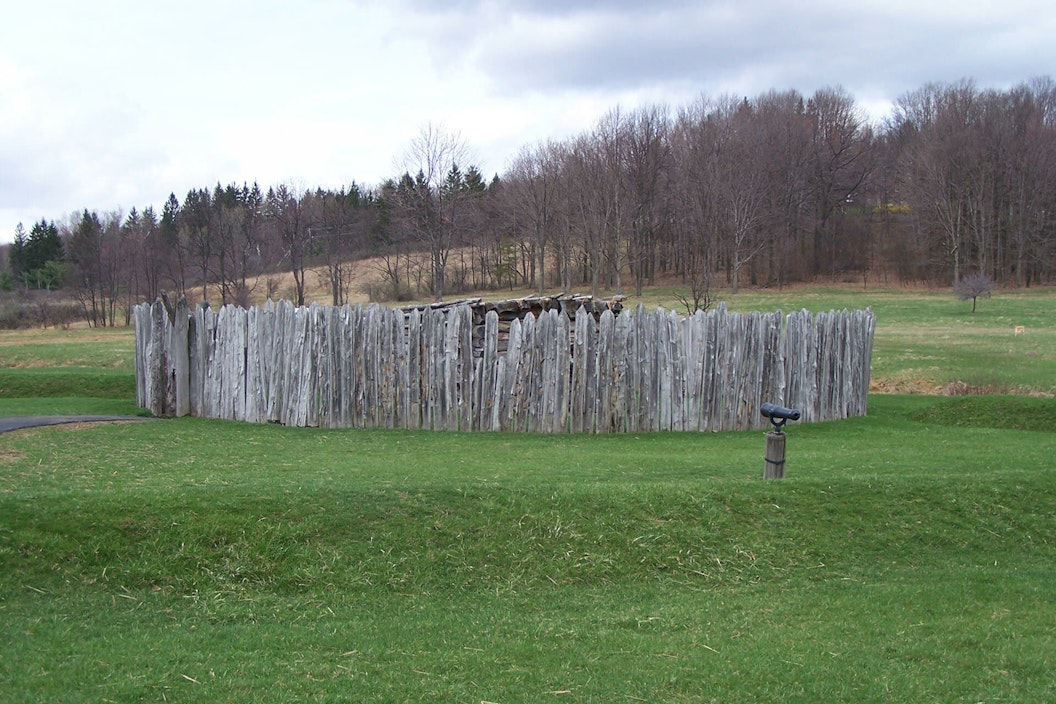
Fort Necessity National Battlefield marks the first battle of the French and Indian war. Park features include Braddock's grave and Jumonville Glen sites.
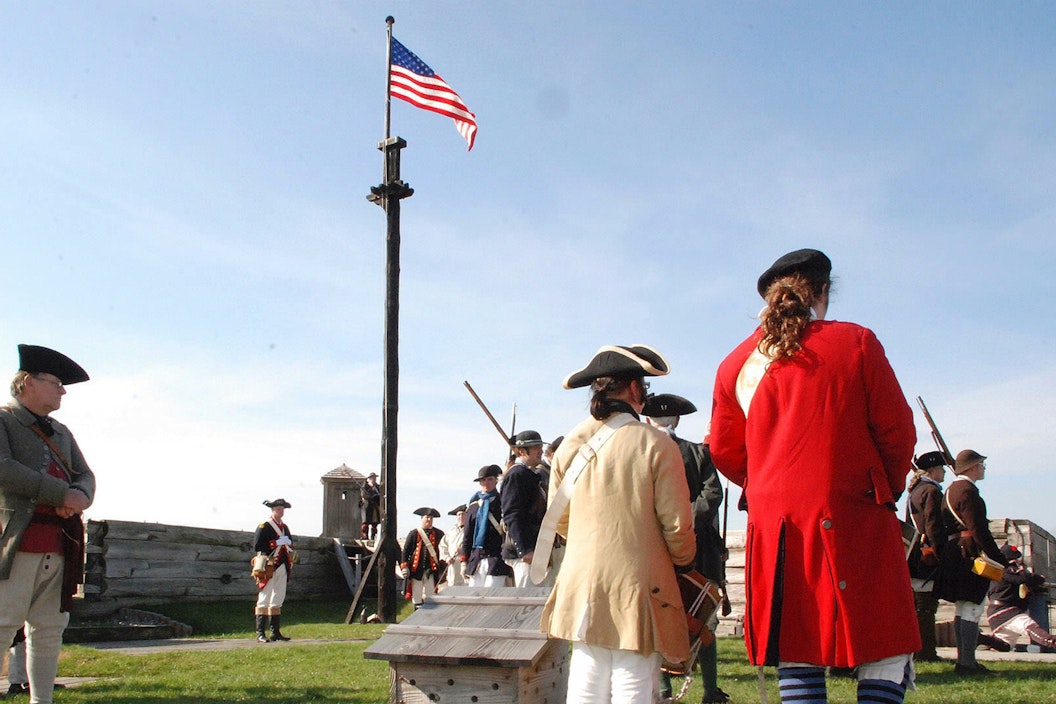
Known as "the fort that never surrendered," Fort Stanwix successfully repelled a prolonged siege in August 1777 during the Revolutionary War.
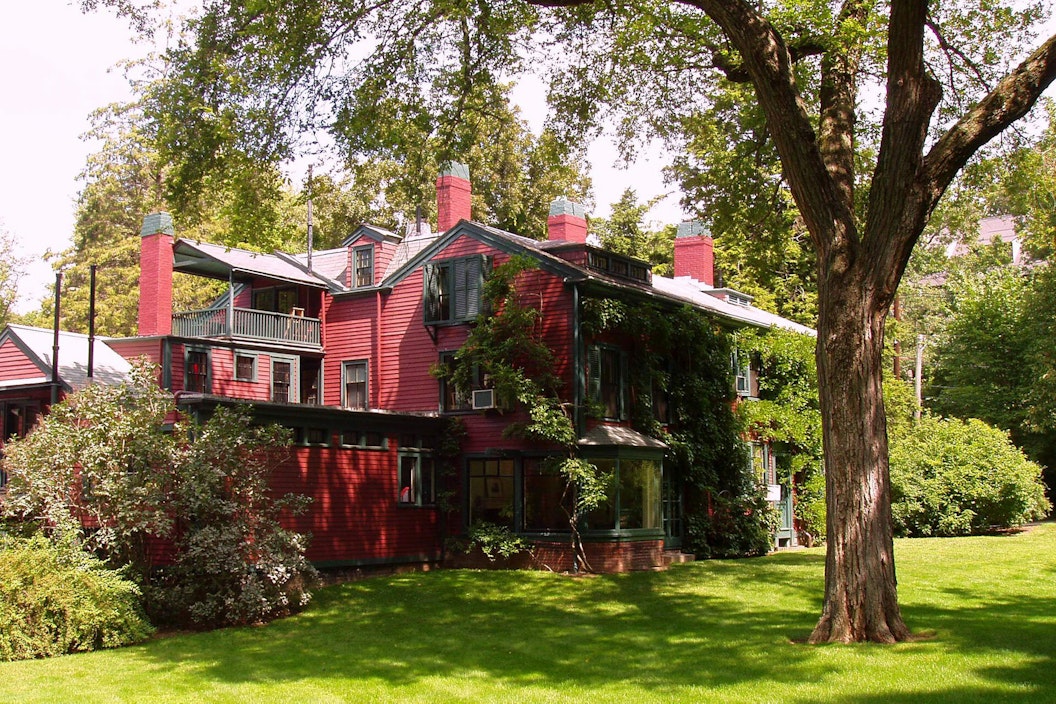
Explore the world's first full-scale professional office for the practice of landscape design located at the Frederick Law Olmsted National Historic Site.